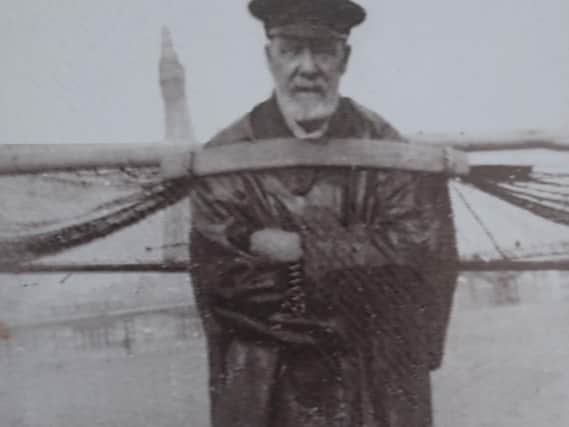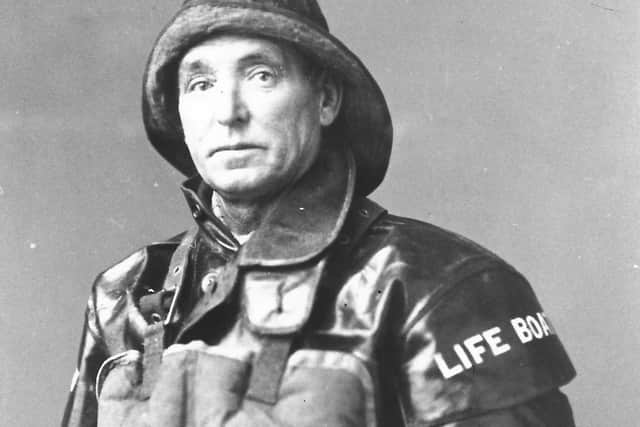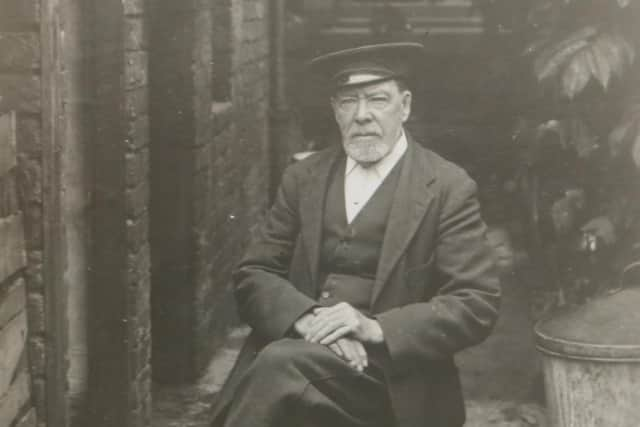There was always a Rimmer onboard Blackpool Lifeboat


Thomas Rimmer was born in Southport in 1856 and orphaned at the age of five.
He came to Blackpool to live with his uncle John Rimmer and his family who had moved to the Fylde some years earlier.
Advertisement
Hide AdAdvertisement
Hide AdBeing brought up with his cousins Samuel, James and William, he seemingly became another brother.


John Rimmer worked for the gas board but was also part of the Blackpool volunteer lifeboat crew, his sons following in his footsteps.
Thomas joined in 1877 aged 21, the boat in use at the time being the Robert William which began service in 1864 and remained until 1885.
The Coxwain was Robert Bickerstaffe, father of John Bickerstaffe who gave the town our famous Tower.
Advertisement
Hide AdAdvertisement
Hide AdThe lifeboat crew were mainly fishermen and, in the days of no telephones or cars, had to make their own way to the lifeboat station at the call of the maroon.


Thomas would jump out of bed and run down the street, dressing as he ran.
The crew then pulled the lifeboat out of its house on Lytham Road, and across the road to reach the sea.
Once launched the crew then had to row the boat, sometimes in boiling seas.
Advertisement
Hide AdAdvertisement
Hide AdThomas took part in a number of rescues which were covered in the press at the time.
He was named in one report when the Robert William rescued passengers from the pleasure steamer Columbus in 1880, the lifeboat helping 133 passengers safely onto shore.
In 1880 William Rimmer was incapacitated after the lifeboat ran over his leg and crushed his foot while being prepared for display during that year’s Blackpool carnival.
The crew of the Robert William had a meeting and agreed to set up a subscription fund to help him financially.
Advertisement
Hide AdAdvertisement
Hide AdSadly he died a week later as a result of the inflammation from the injury, but the subscriptions were used to benefit his widow and little ones.
William was honoured on a brass plaque installed in St. John’s Church where he was originally interned, the other two named being Victor Parkinson who drowned in 1866 aged 22, and John Swarbrick who died in 1874 aged 48.
His grave has since been moved and now rests at Layton cemetery.
When the Samuel Fletcher was brought in to replace the Robert William in 1885, Thomas remained part of the crew.
Advertisement
Hide AdAdvertisement
Hide AdIn fact it was said there was always a Rimmer on board the lifeboat as others not directly related had also come from Southport to settle in Blackpool and
Fleetwood.
Years later, Thomas’s eldest son, John, followed in his father’s footsteps by becoming a lifeboat volunteer.
He later became a sub coxswain and deputy conductor of the lifeboat band, with James Brier as main conductor.
When the band was presented in their new uniforms by John Bickerstaffe, the reported line up included no less than three Rimmers.
Thus the tradition was kept up and the granddaughter of Thomas Rimmer continues to live in Blackpool to this day.
Comment Guidelines
National World encourages reader discussion on our stories. User feedback, insights and back-and-forth exchanges add a rich layer of context to reporting. Please review our Community Guidelines before commenting.